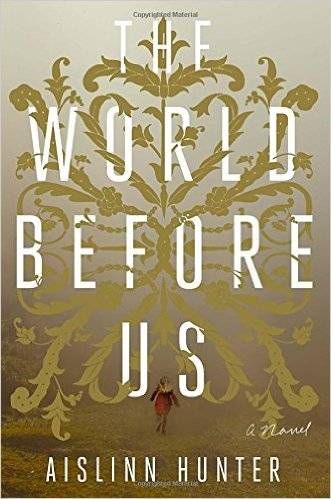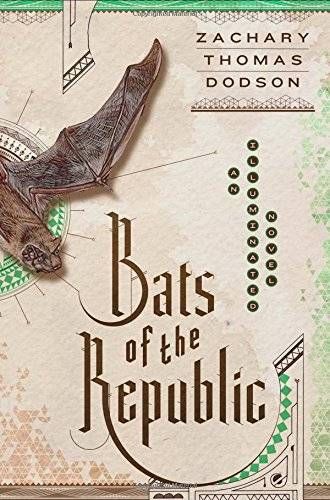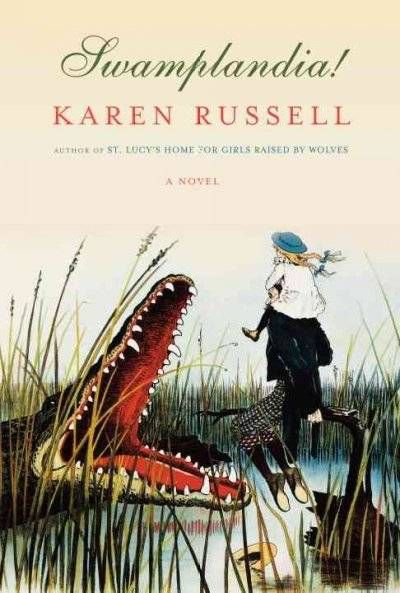“The written word endures” (or, in the more snooty Latin “Litera Scripta Manet”) and boy, does it. I can only imagine that when the National Archives picked this particular phrase for their motto, they imagined the ways in which documents hang on long after the people who made them vanish. If there’s one thing to be said for bureaucracy, it’s that it creates paperwork and paperwork contains more stories than we give it credit for. All the forms Civil War soldiers filled out to claim pensions, letters to government functionaries, immigration records, old photographs, bank ledgers, and census counts: all these contain these profound yet banal traces of lives that created now. Not to oversell it, but digging through old documents is the easiest kind of time travel. If you know how to read these fragments of the past, you’ll experience an incredible kind of communion with the past. It becomes part of your present in visceral ways. I’m a sucker for books that recreate that feeling of feeling with the past in the present. For me, The World Before Us, by Aislinn Hunter, might do the best job of recreate the feeling of living with the weight of history. Ghosts narrate part of the story but these aren’t like, ghost ghosts they’re the people who the main character, Jane Standen, studies. They wake up next to her and push her toward answers in order to get information about themselves. As Jane packs up the natural history museum where she works and prepares for unemployment, she returns to a site of tragedy from her own past. This book is all about the ways that history presses down on us all the time– whether we notice it nor not. When I tell people that ghosts (or spirits or ancestors or whatever) narrate the book, people tend to roll their eyes but it works. Trust me. I read Bats of the Republic by Zachary Thomas Dodson in one long sitting– almost like I was rushing to finish before the archive closed and kicked me out! This illuminated novel recreates the experience of flipping through a huge stack of papers, letters, and discarded book pages. The illustrations and design of the novel don’t just “decorate” the novel but are part of the story Dodson tells– you’ve got to look at the marginalia, puzzle through odd handwriting, and evaluate the sources. Readers “thread” together these documents, just like the official “threaders” who work in the novel’s archive, to follow the story. It’s a truly beautiful book with a surreal, dystopian story about heredity, control, and the ways that the truth endures despite efforts to contain it. Oh, and this is a book you’ll want to read in paper. There are envelopes to open! Although the Bigtree family at the heart of Karen Russell’s Swamplandia! doesn’t have their own archive, the family lives inside an amusement park with its own museum. Ava Bigtree, the girl at the center of the novel, makes sense of her present through the objects in the museum– old promotional materials, her dead mother’s wedding dress, photographs of the WPA’s work to drain the swamp, and other items of dubious authenticity. The family museum provides a space for emotional conversations with her siblings, supplies for her journey deep into the swamp, and a focal point for her sense of self. The world Russell creates Swamplandia! is steeped in magic, some of it real, some of it imagined in Ava’s mind, and at least some of it stored in the objects people leave behind. These become traces of their life and serve as talismans for the Bigtree clan in an intense period of change. What have I missed? What books makes you feel the way the past intrudes on our present? Tell me in the comments!


